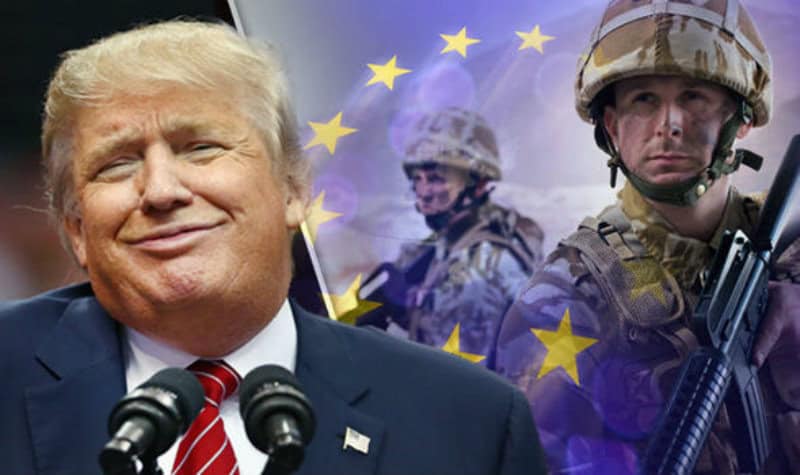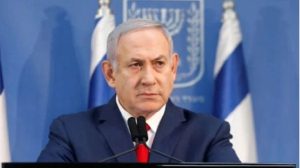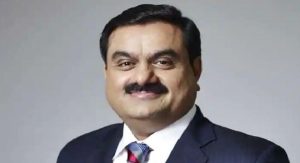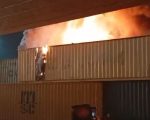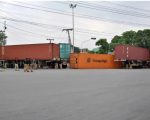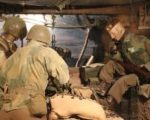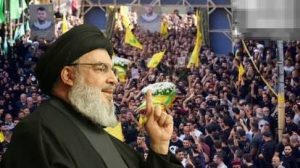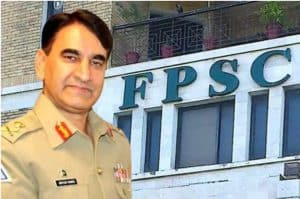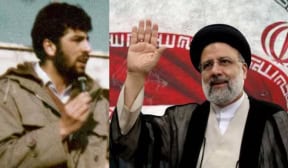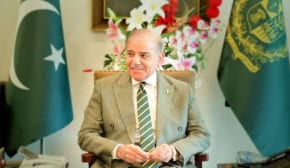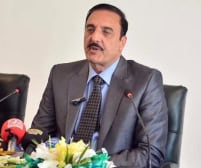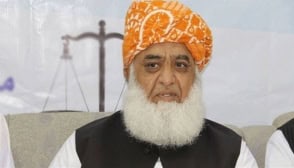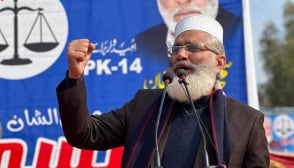LONDON/WASHINGTON – Months after calling the Belgian capital city “a hellhole”, US President Donald Trump is expected to demand from Brussels to abandon its plans for an EU Army if it wants the US to continue its support for Nato.
Senior British officers serving at the Pentagon have been briefed that one of the new administration’s top priorities will be to “sweep away” plans championed by Germany and France, a British daily reported quoting its sources as saying.
“We have been told quite clearly that, in an environment in which the political temperature in Eastern Europe is high and fiscal pressure on budgets is increasing, there can only be one joint force and that is Nato.
“Senior US officers directing future strategy want to see more delivery from European nations. There is grave concern about the intent and growing talk of an EU Army, which appears to draw resources away from the Alliance,” according to the Daily Express.
Donald Trump, during his presidential campaign, made it clear that he is not impressed by contemporary Europe, having bemoaned the continent’s immigration policies, its health care systems, and its relatively liberal political ideologies. Trump, who run for presidency from Republicans side, even went so far as to call Brussels “a hellhole.”
“You go to Brussels. I was in Brussels a long time ago – 20 years ago – so beautiful, everything’s so beautiful,” he said on Fox News. “It’s like living in a hellhole right now.”
While European defence spending is the primary concern, insiders have warned that Trump would also be gauging Europe’s “boots on the ground” commitments.
The US currently fields six Brigades in Europe, including the newly arrived 3rd Armour Brigade which boasts hundreds of armoured vehicles, including 87 tanks, and 3,500 troops to boost Nato’s efforts to deter Russia in Eastern Europe.

Of Europe’s Nato members, only Britain and France have put themselves forward to lead three of its remaining four battalions.
“President Trump is a numbers man. Defence spending is one thing, but when he meets with Nato chiefs in Brussels later this year, he will do the math: the US is deploying almost six battalions in Europe. How does this stack with Europe’s commitment? The US and Germany are playing their part but what about the rest?” said another source close to the administration.
The British newspaper’s sources, referring to Trump’s use of the word “obsolete” to describe Nato, said his remarks had been misinterpreted. “He means that Nato must adapt to 21st Century challenges, including a counter–terror role.
“President Trump realizes that, for just one per cent of the US defence budget, he can call upon 27 nations to stand up with it around the world.
“Europe supplied 40,00 troops to Afghanistan. That equates to 120,000 in real terms because for each soldier, two are in rotation. That’s 120,000 US troops who didn’t have to go to battle.”

During his campaign Trump pledged tens of thousands of new US troops, dozens of ships and hundreds of warplanes, plans would cost almost $100 billion more than the Pentagon has currently budgeted for Trump’s first term.
EU Army
The controversial 1000-strong Euro Corps was formed in 1993 and is spearheaded by a German-Franco brigade of troops. It provided HQ staff for operations in Afghanistan in 2004 and currently supports an EU maritime operation against pirates off Somalia.
Directed by Brussels it is manned by 10 EU member states and Turkey.
While in the EU, Britain used its influence to block its expansion. Brexit was met with the immediate publication of plans to build a military new headquarters, as the EU scrambled to reinforce the project’s identity.
Separately, Germany’s defence white paper revealed its own ambitions to lead a pan-European force.

The moves have caused concern in the Trump camp.
“He is committed to NATO – but there is big concern about the EU moving towards an EU army, a military of Western Europe,” said Ted Malloch, President Trump’s new ambassador to the EU, recently.
